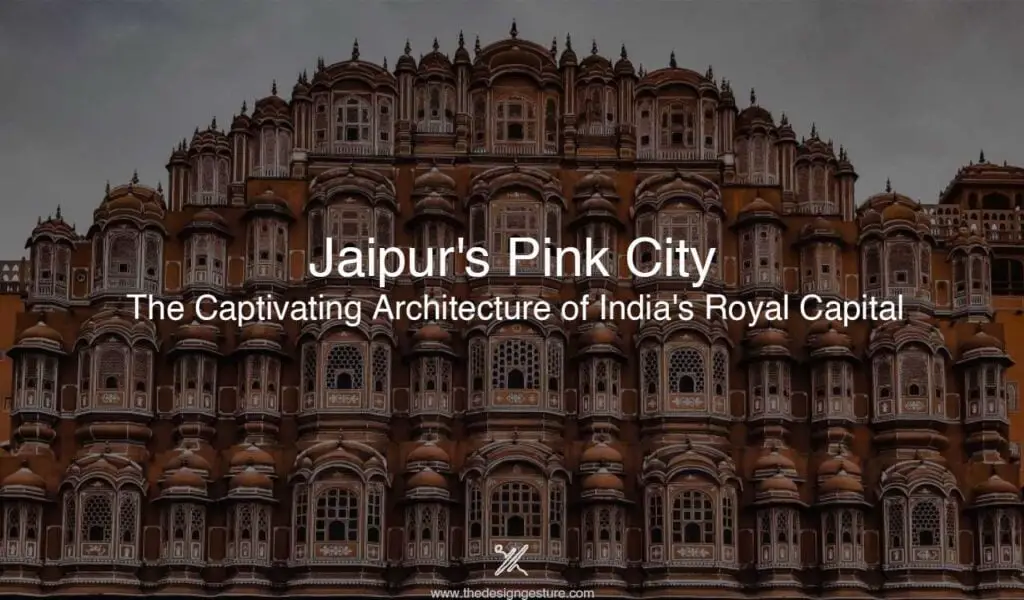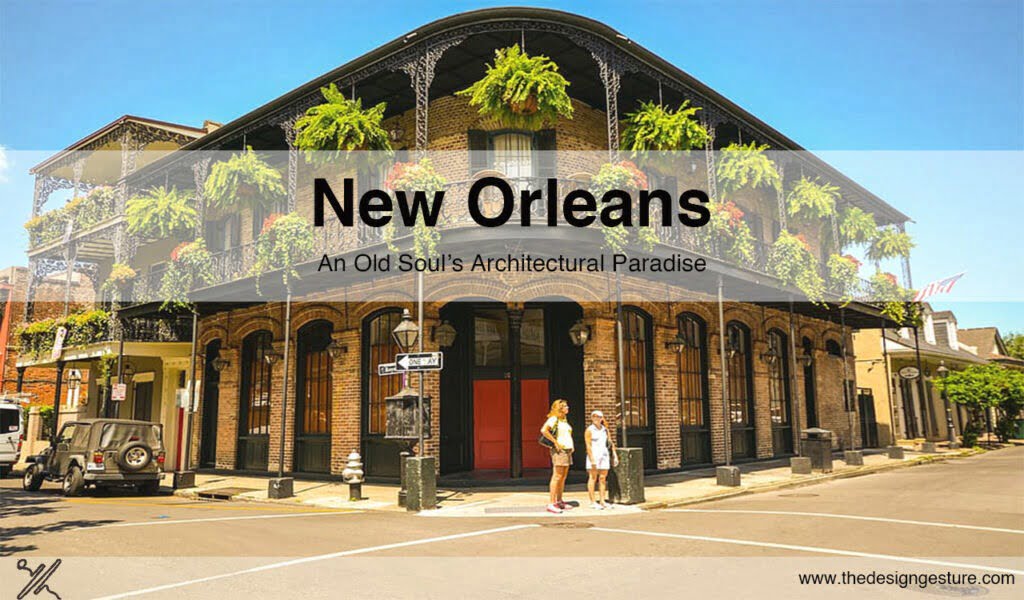Table of Contents
Introduction
The city of Jaipur, located in the northwestern state of Rajasthan in India, is known as the “Pink City” due to its distinctive pink-colored buildings. Jaipur is a city with a rich cultural heritage, magnificent architecture, and unique urban planning that makes it a must-visit destination for travelers and architecture enthusiasts alike.
Jaipur – The Pink City
Jaipur was founded in 1727 by Maharaja Sawai Jai Singh II, the ruler of Amber, who was known for his interest in astronomy, mathematics, and architecture. He envisioned Jaipur as a well-planned city that would reflect the principles of Vastu Shastra, an ancient Indian architectural science that lays down guidelines for the design and construction of buildings. The city was designed by the renowned architect Vidyadhar Bhattacharya, who incorporated the principles of Vastu Shastra and Shilpa Shastra, another ancient Indian architectural treatise, in the layout of Jaipur.
Vidyadhar Bhattacharya, a famous architect from Bengal, was called by the Royal Highness of Jaipur, Maharaja Sawai Jai Singh II in the year 1727. Maharaja Jai Singh II requested him for the construction of Jaipur, one of the earliest cities in India and also the first planned city of India. Although he was working as a Junior Auditor when he was first approached by the Maharaja of Jaipur.

As Maharaja Jai Singh was concerned about the safety aspect of the city, he tried to focus mainly on the scientific and cultural interests to make a fabulous city. Therefore Vidyadhar Bhattacharya used holistic principles such as Shilpa Shastra and Vastu Shastra to create the whole grid-based structure of Jaipur city. He laid out a well-thought plan by researching the ancient Indian Literature on astronomy, and the journals of Ptolemy and Euclid. And to endure the safety of the city, huge fortification walls were constructed along with seven gates with really strong architecture.
Thus, with an amazing plan, the construction of the city began in the year 1727. The construction alone took around 4 years to complete with all the major palaces, roads, and the square. Jaipur City consisted of a total of nine blocks, out of which two consisted of the State buildings and the Palace while the remaining seven blocks were given to the public.
According to the old era, the architecture of the town was very advanced and well-built. The architecture was considered the best in the Indian Subcontinent. Also, there was an onset of great development, which included the construction of the Girls’ schools and the enhancement of the population of the city, which was around 160,000 in the year 1900.
One of the most distinctive features of Jaipur’s architecture is the use of pink sandstone in the construction of buildings. The use of pink sandstone was not just an aesthetic choice, but it also had a practical purpose. Maharaja Jai Singh II wanted to impress his guests, including foreign dignitaries, and pink was considered a color of hospitality in Rajput culture.
To ensure a uniform appearance of the city, he ordered that all buildings in the city be painted pink, which is still maintained to this day, giving Jaipur its famous nickname – the Pink City. Following that, In 1876, when the Prince of Wales was invited to Jaipur, the whole city was painted in pink, as the pink color resonated with the feeling of hospitality. The whole city submerged in this beautiful color pink looked really charming and eccentric with its beautiful architecture and designs.

Jaipur’s architecture is a perfect blend of Rajput, Mughal, and European styles, which reflects the diverse cultural influences that have shaped the city’s history. The city is known for its magnificent forts, palaces, havelis (traditional Rajasthani mansions), temples, and gardens, which are a testament to the architectural excellence of the past.
As the city of Jaipur is divided into nine rectangular sectors, each sector represents a specific trade or profession. The city is surrounded by a fortified wall with seven gates that serve as entry points into the city. The main streets of Jaipur are wide and straight, intersecting at right angles, which is a typical feature of Indian cities planned according to Vastu Shastra. The city’s planning is based on the principles of Vastu Purusha Mandala, a cosmic diagram that represents the layout of the universe, with the city being a microcosm of the universe.

One of the most iconic structures in Jaipur is the Hawa Mahal, or the Palace of Winds, which is a five-story palace with a unique facade consisting of 953 small windows, known as jharokhas, adorned with intricate latticework. The Hawa Mahal was built in 1799 by Maharaja Sawai Pratap Singh and its unique design was intended to allow the royal ladies to observe the activities on the street below without being seen themselves, as they observed the strict purdah system of seclusion.
Hawa Mahal
Another notable architectural landmark in Jaipur is the City Palace, which is a complex of palaces, courtyards, and gardens that serves as the residence of the royal family of Jaipur. The City Palace was built by Maharaja Sawai Jai Singh II and later additions were made by subsequent rulers. Along with being the city planner of Jaipur, Vidyadhar Bhattacharya has also been accredited with the honor of constructing the great City Palace, along with Sir Samuel Swinton Jacob. The architecture of the City Palace is a blend of Rajput, Mughal, and European styles, and it is known for its exquisite detailing, including intricate frescoes, mirror work, and marble inlay.

The City Palace
Another architectural marvel of Jaipur is the Amber Fort, also known as the Amer Fort. Located on a hilltop overlooking Maota Lake, the Amber Fort is a stunning blend of Rajput and Mughal architectural styles. Built-in the 16th century by Raja Man Singh I, the fort is known for its impressive gateways, courtyards, palaces, and temples. The Sheesh Mahal, or the Palace of Mirrors, inside the Amber Fort is a must-visit attraction, with its walls and ceilings adorned with intricate mirror work that reflects light in a mesmerizing way.
The Amber Fort
The city’s architecture is not just about aesthetics but also serves practical purposes, such as providing passive cooling and ventilation techniques to combat the harsh desert climate of Rajasthan. The use of local materials, intricate carvings, and exquisite detailing in Jaipur’s buildings exemplifies the craftsmanship and ingenuity of the skilled artisans who have contributed to the city’s architectural legacy.
Furthermore, the planned layout of Jaipur with its wide roads, geometrically aligned streets, and organized marketplaces is a testament to the vision and foresight of its founder, Maharaja Sawai Jai Singh II. The use of ancient principles of Vastu Shastra emphasizes the harmony between humans, nature, and the built environment.
Jaipur’s architecture not only encapsulates the city’s glorious past but also serves as a living heritage, with many of its buildings still in use today. The city’s architecture continues to evolve with modern influences while retaining its distinctive character and charm. Jaipur’s Pink City is not only a visual treat but also a symbol of India’s rich architectural legacy, a testimony to its glorious past, and an inspiration for future generations to appreciate and preserve its unique heritage. Overall, the architecture of Jaipur is a fascinating fusion of history, culture, and innovation, making it an enduring legacy that continues to captivate and inspire visitors from around the world.




